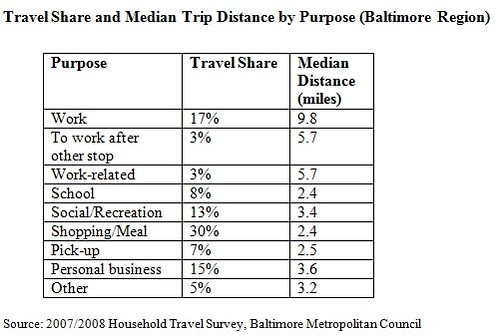New years post #4: How to Keep Resolutions and change behavior
 The Wall Street Journal has an article on keeping New Years resolutions, "How to Keep a Resolution: Forget Willpower, Reaching a Goal Means Retraining Brain to Form New Habits."
The Wall Street Journal has an article on keeping New Years resolutions, "How to Keep a Resolution: Forget Willpower, Reaching a Goal Means Retraining Brain to Form New Habits."I particularly like the graphic, which outlines the steps/plan for changing your behavior. From the article:
As the peak season for making New Year's resolutions draws near, most people, behavioral experts say, approach the process exactly wrong: They rely on willpower.
Willpower springs from a part of the brain, in the prefrontal cortex, that is easily overloaded and exhausted. What works far better, researchers say, is training other parts of the brain responsible for linking positive emotions to new habits and conditioning yourself to new behaviors. ...
Keeping a resolution requires a detailed plan, with emotional rewards when milestones are reached—and even a strategy when there's a setback. And don't wait for Jan. 1, experts say: Start planning now to increase your chances for success.
"Keeping a resolution isn't a 100-yard dash. It's a marathon," says John Norcross, a psychology professor at the University of Scranton in Pennsylvania.
Another article from the Wall Street Journal, "The Power of a Gentle Nudge: Phone Calls, Even Voice Recordings, Can Get People to Go to the Gym" reports on research that found that after 8 weeks of regular exercise, people were able to routinize new, more positive habits. The study specifically focused on providing support to people during the period, in order to help them make permanent changes. Support for behavioral change was crucial, but it could be as simple as phone call reminders.

This research (along with the work of the authors of the book Nudge: Improving Decisions About Health, Wealth, and Happiness) was very influential on my thinking about what in bicycle and pedestrian planning is termed "encouragement," but which I think about in terms of the kinds of programming, support, guidance, and assistance that is provided to people to help them make the change to more sustainable forms of transportation. (It's outlined in the first 11 pages of this section of the Western Baltimore County Pedestrian and Bicycle Access Plan.)
We say that with regard to biking and walking, half of a household's daily trips are 3 miles or less, and many of these trips can be performed on a bike or on foot. When people complain that no one will walk or bike, that they only will drive, I think about it in terms of the plan in the diagram above:
1. Make a plan in advance.
2. Practice in advance exercising sel-control in other areas of life.
3. Think in advance about what might cause setbacks and slips and plan to avoid those things.
4. Plan rewards for yourself when you do new habits.
5. Practice focusing on your new habit instead of the old one.
6. Expect setbacks and slips.
7. Make a plan for bouncing back from setbacks and slips.
8. Plan punishments to help you get started, such as denying yourself TV.
9. Reduce other life stress if possible.
10. Use positive reinforcement 80% of the time, negative reinforcement 20%.
In 2007/2008, the Baltimore Metropolitan Council conducted a regional Household Travel Survey. Consistent with national data, more than 85 percent of all trips in the Baltimore region are made by automobile. Yet, based on the median trip distance recorded for a variety of types of trips, a great number of automobile-based trips could be shifted to walking and bicycling. (I know I need to look at the data for the DC region, but hey, I was working on a bicycle and pedestrian plan for Baltimore County.)

You can see, if the infrastructure and programming is in place, that significant numbers of trips can be shifted from the automobile to bicycle especially.
Labels: behavior, change-innovation-transformation, environment and behavior, public health



0 Comments:
Post a Comment
<< Home